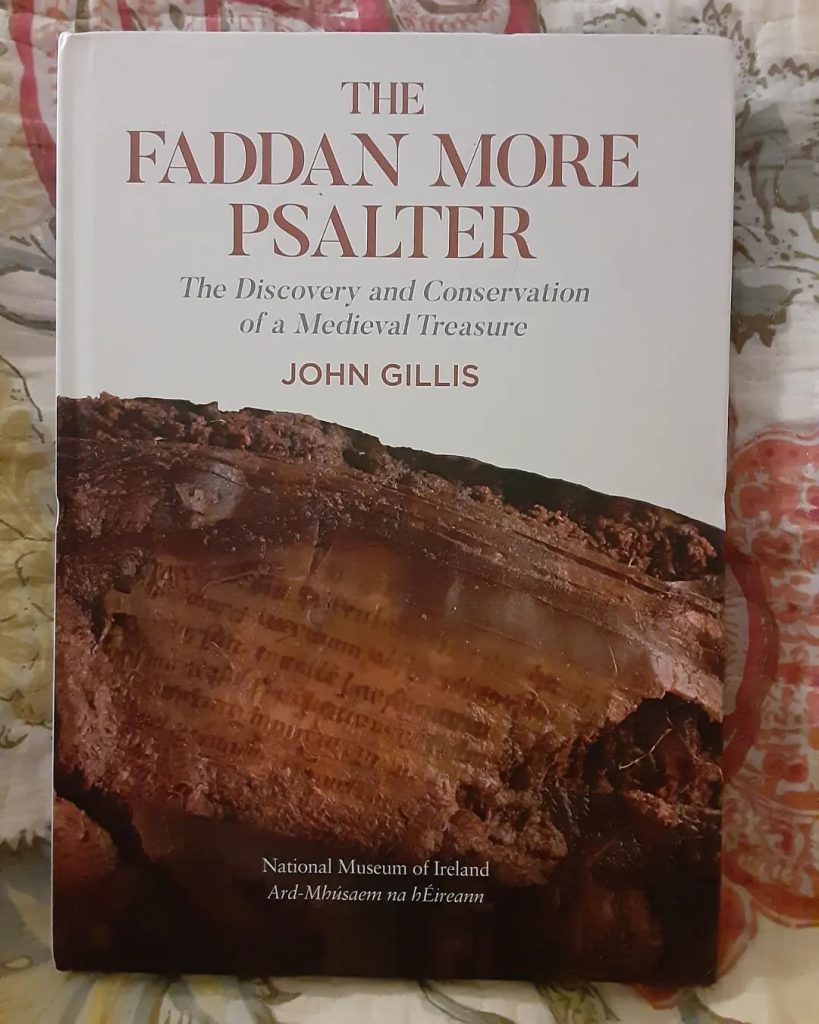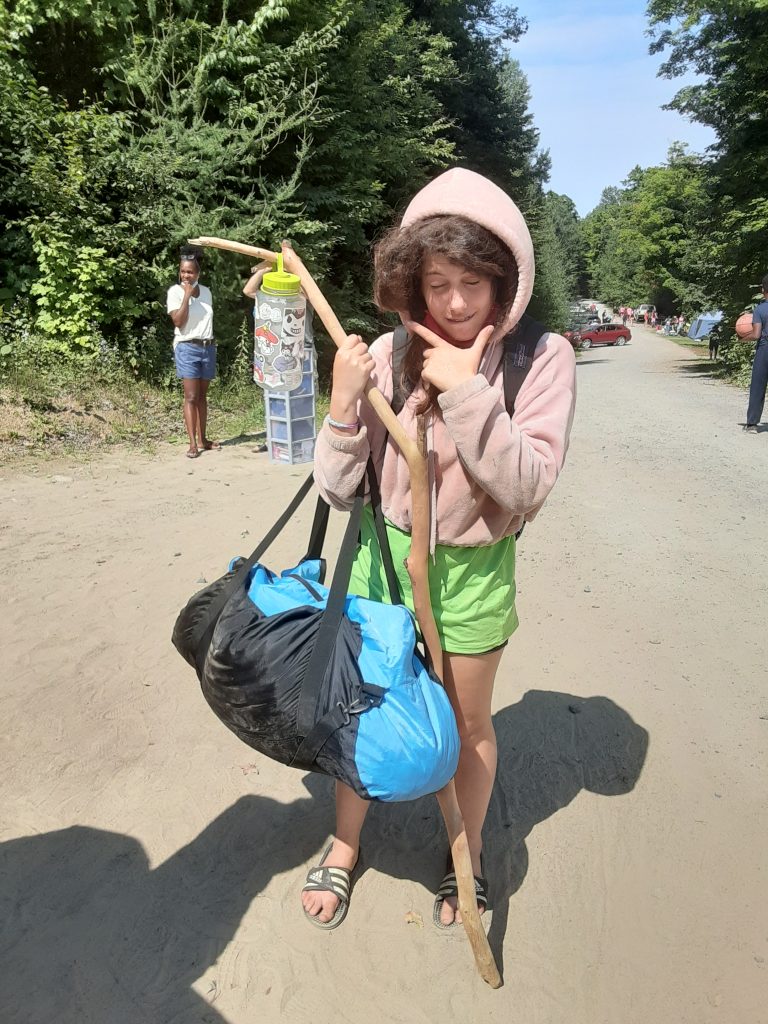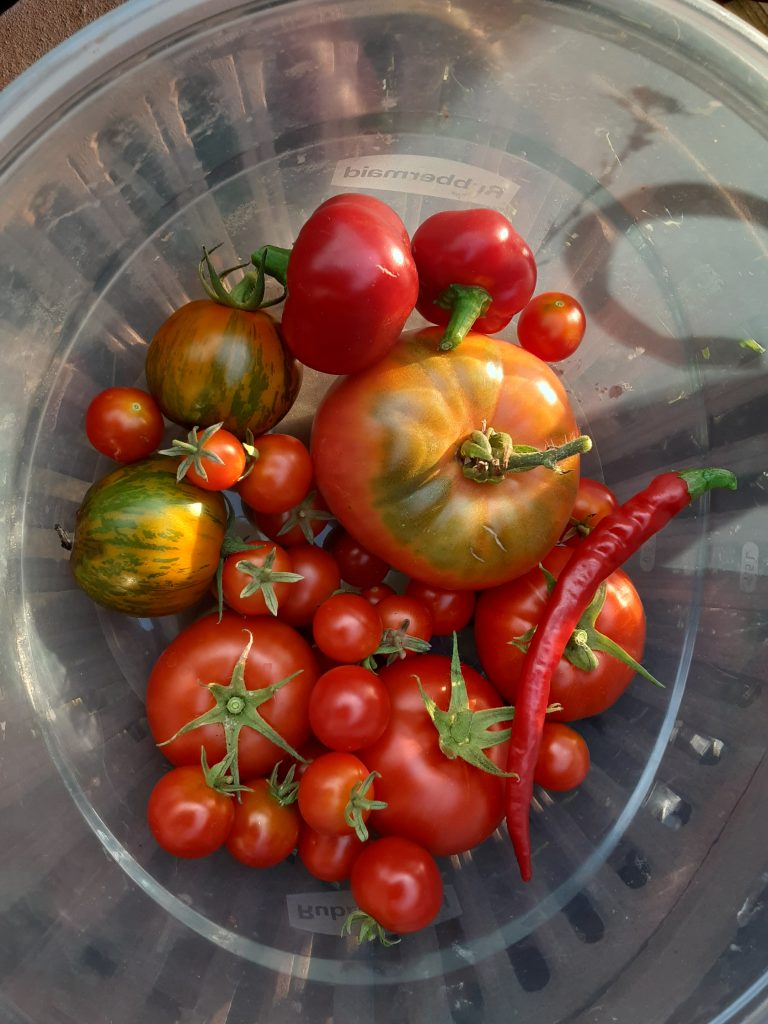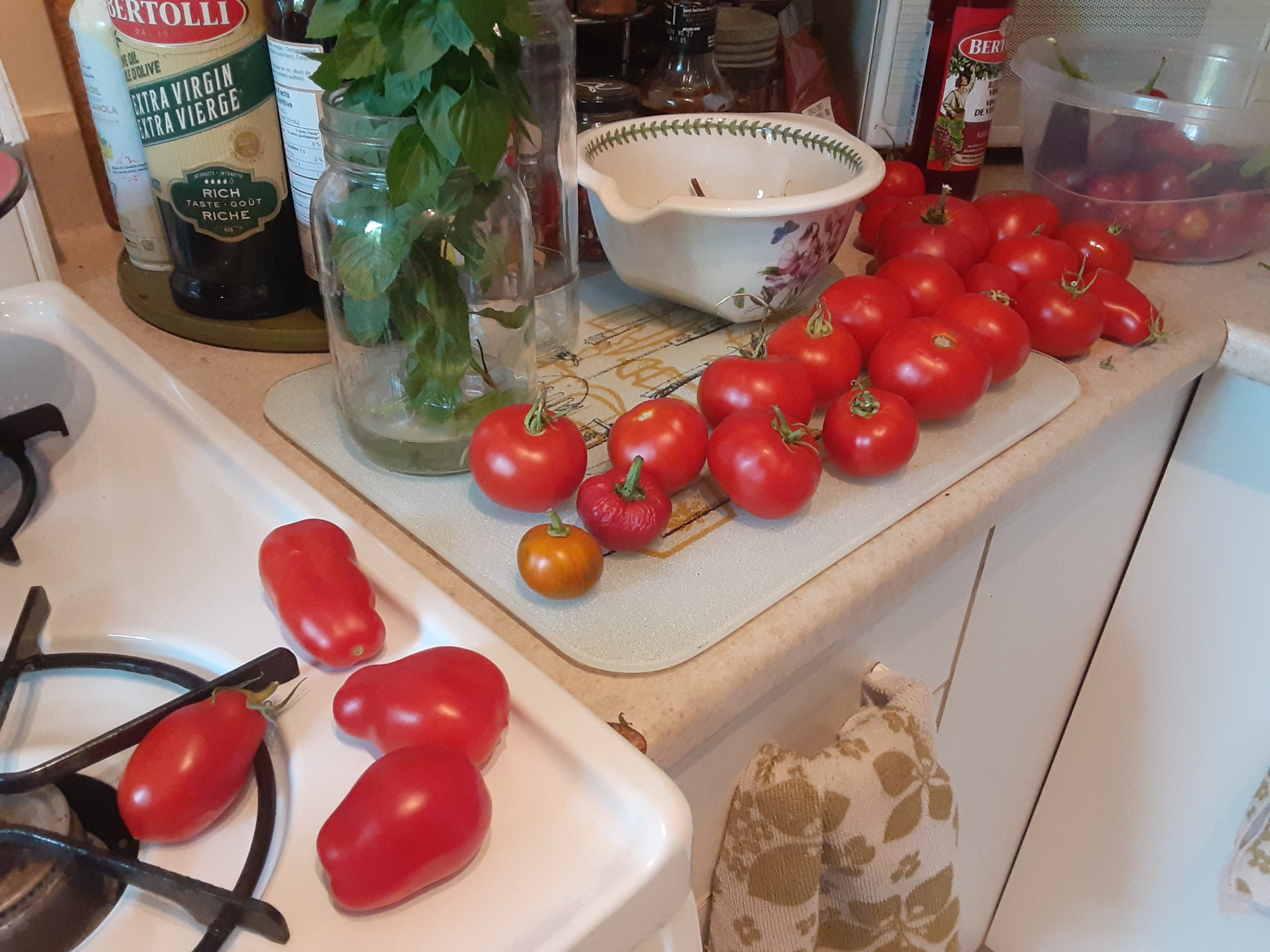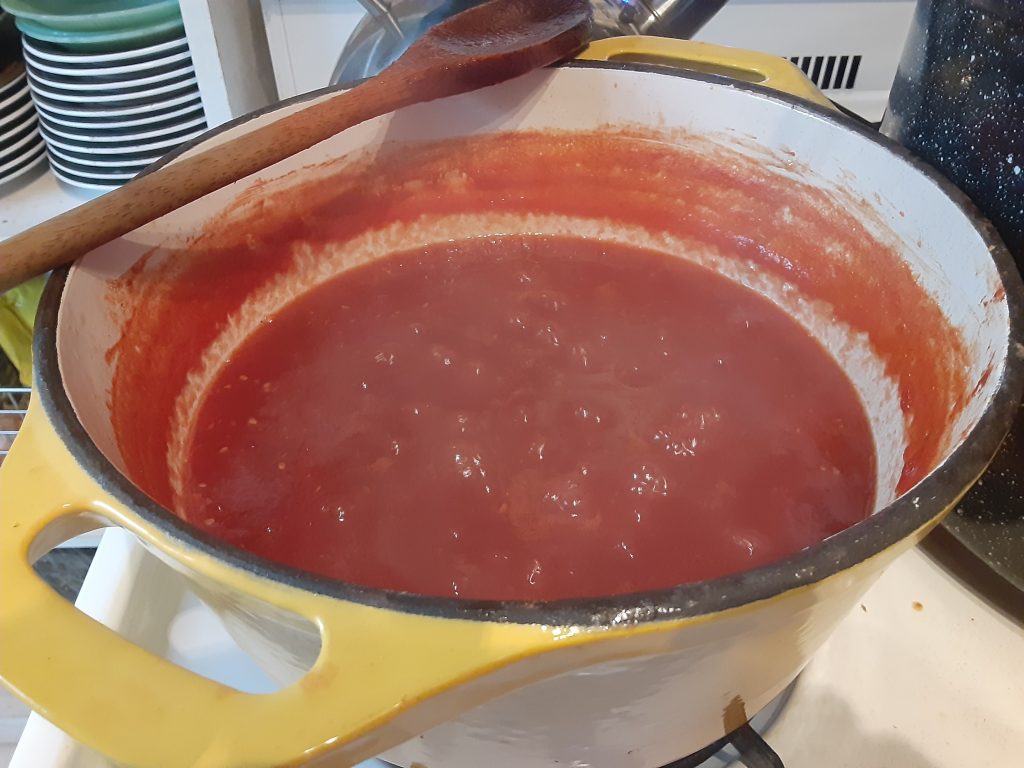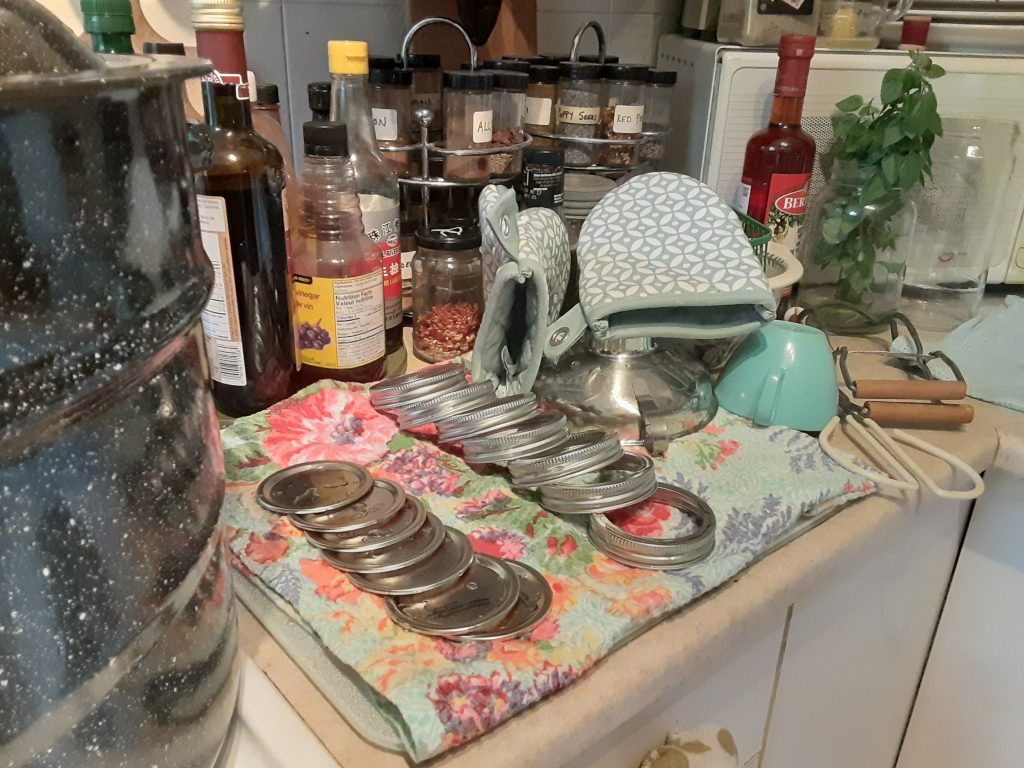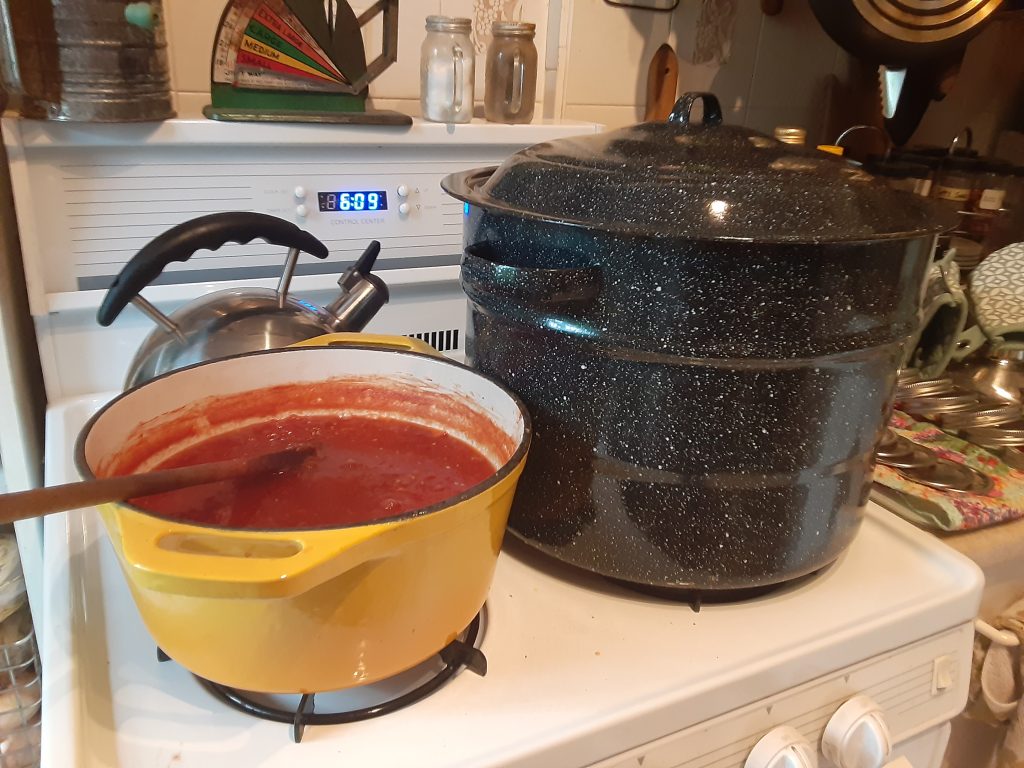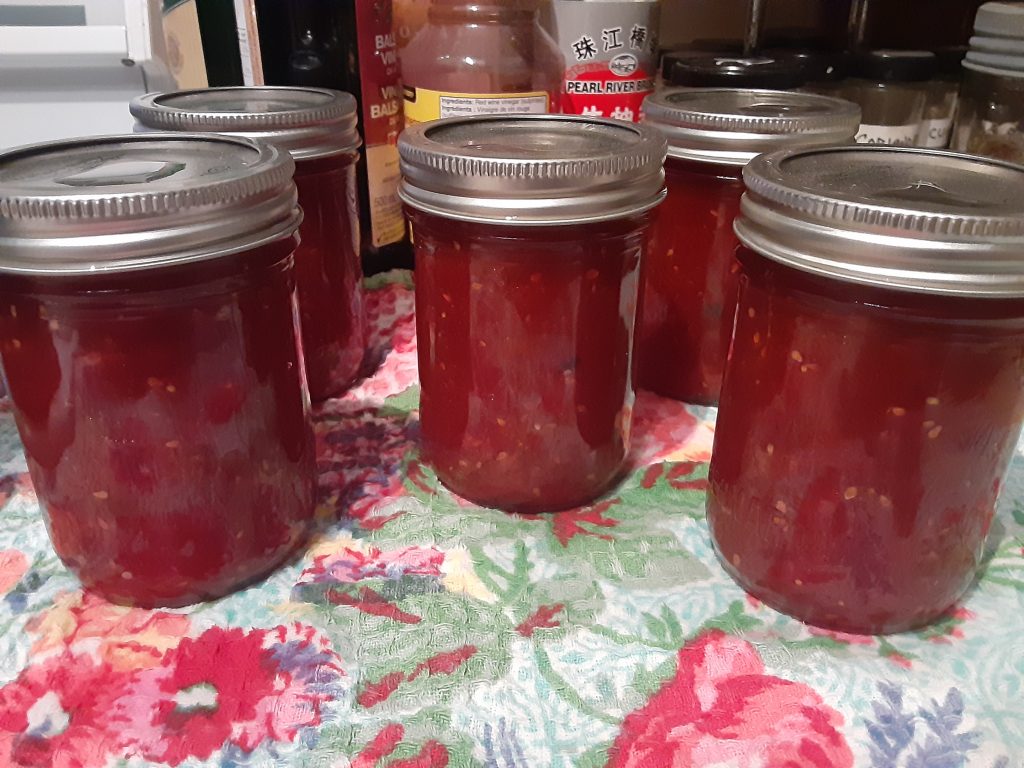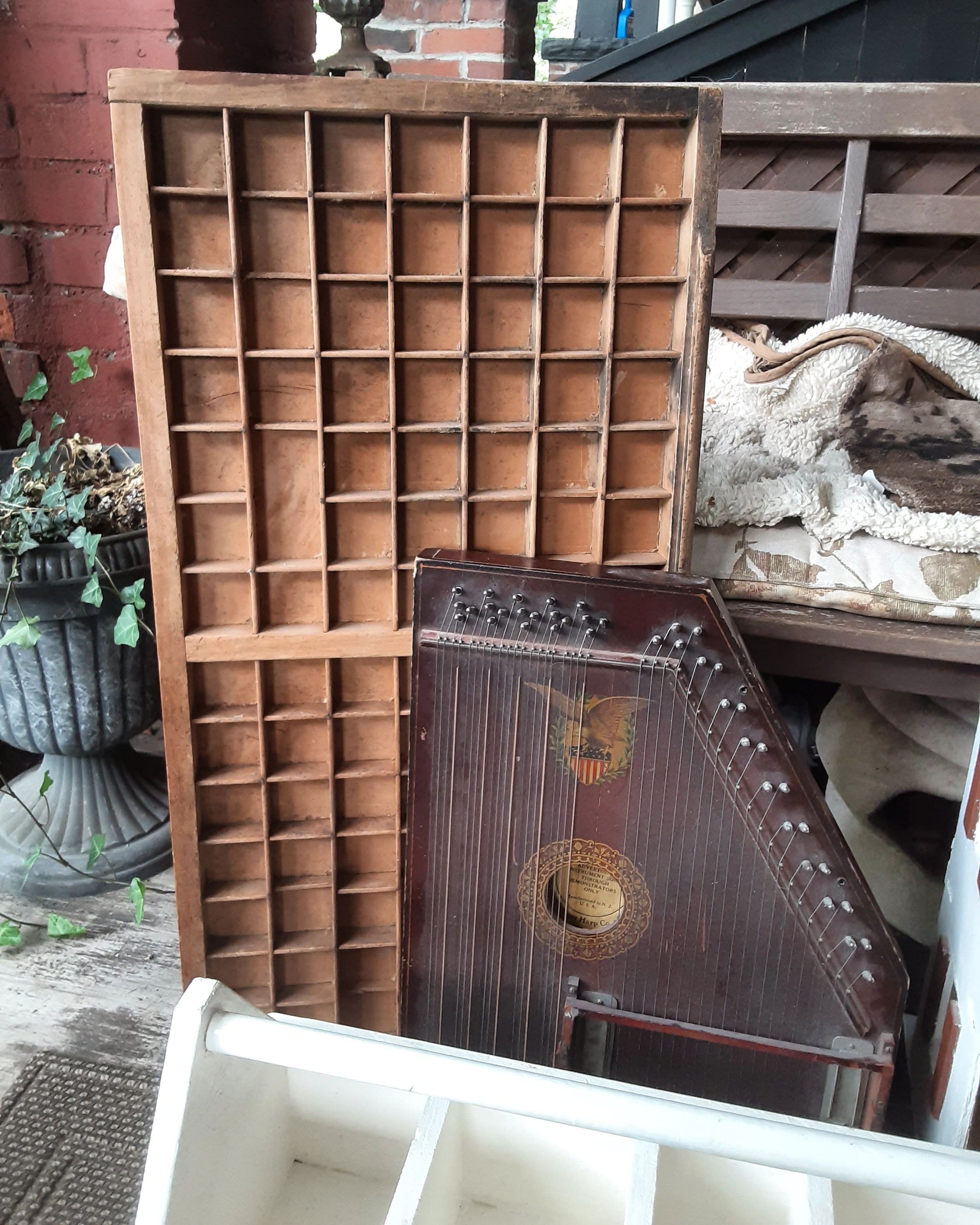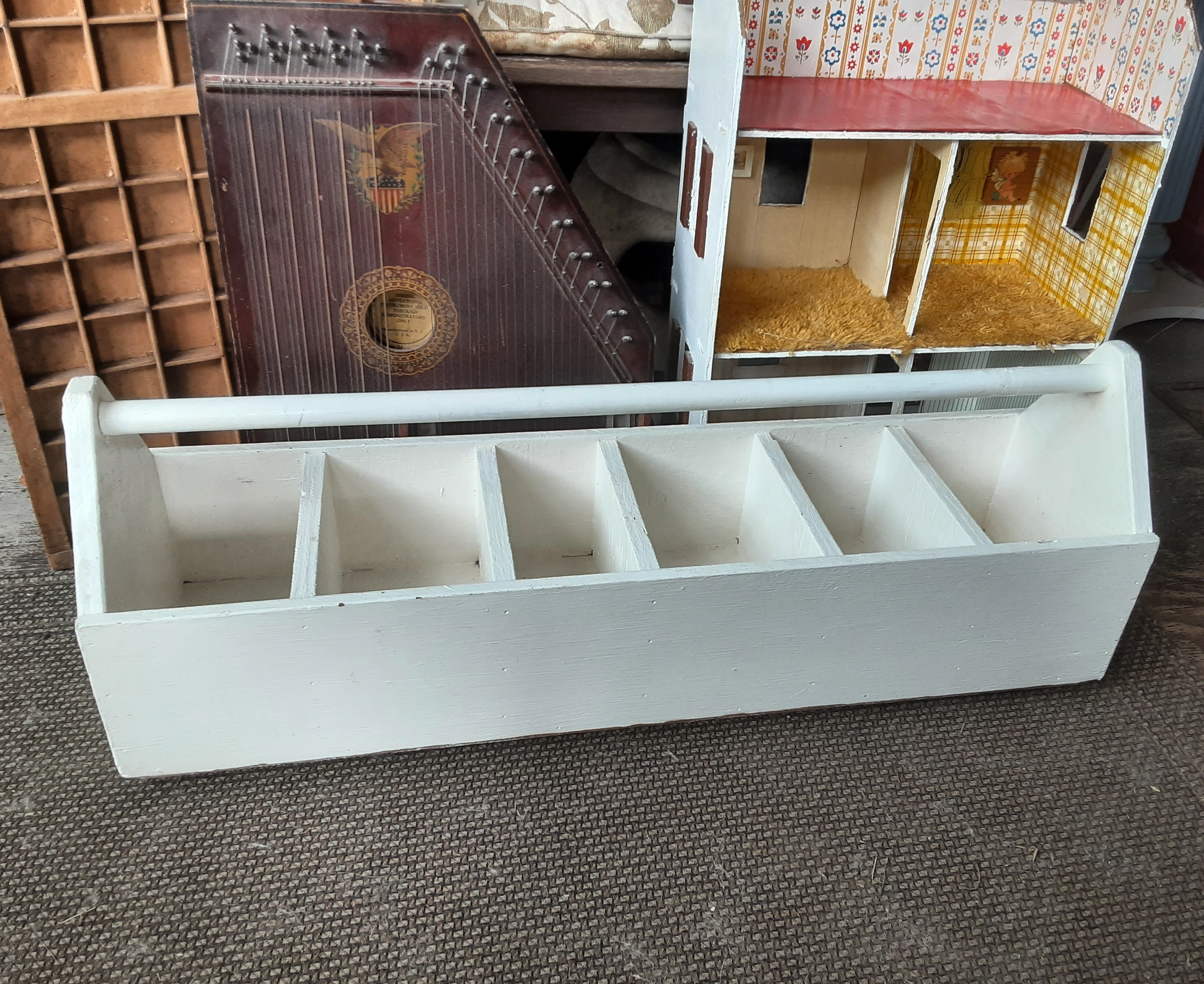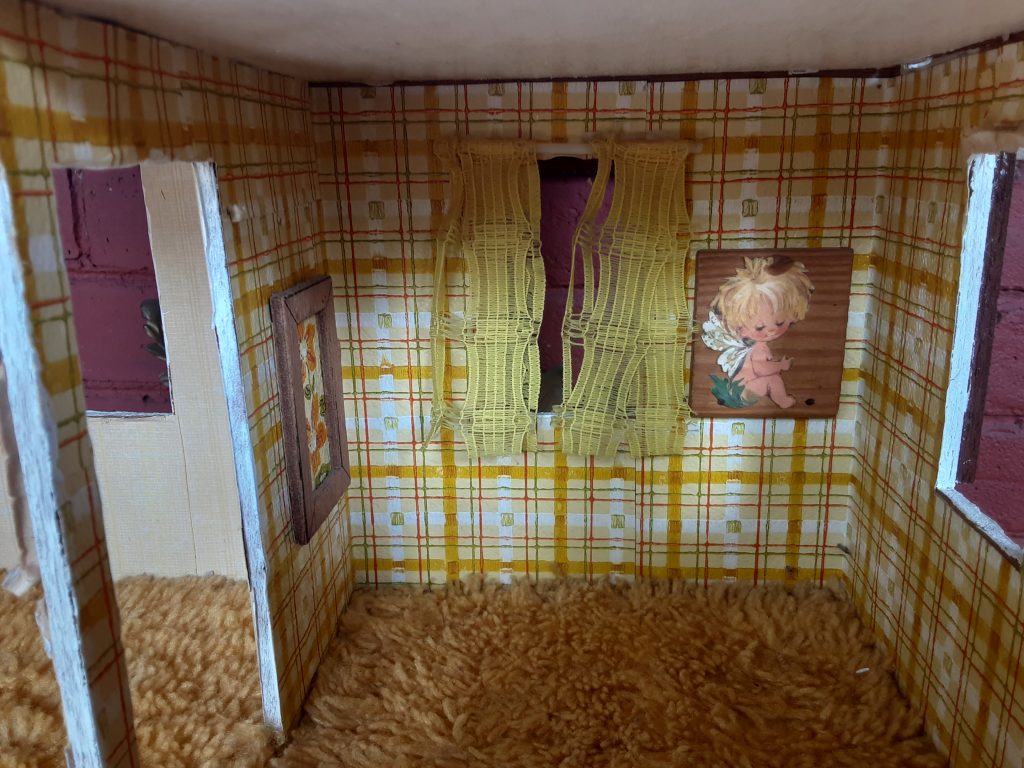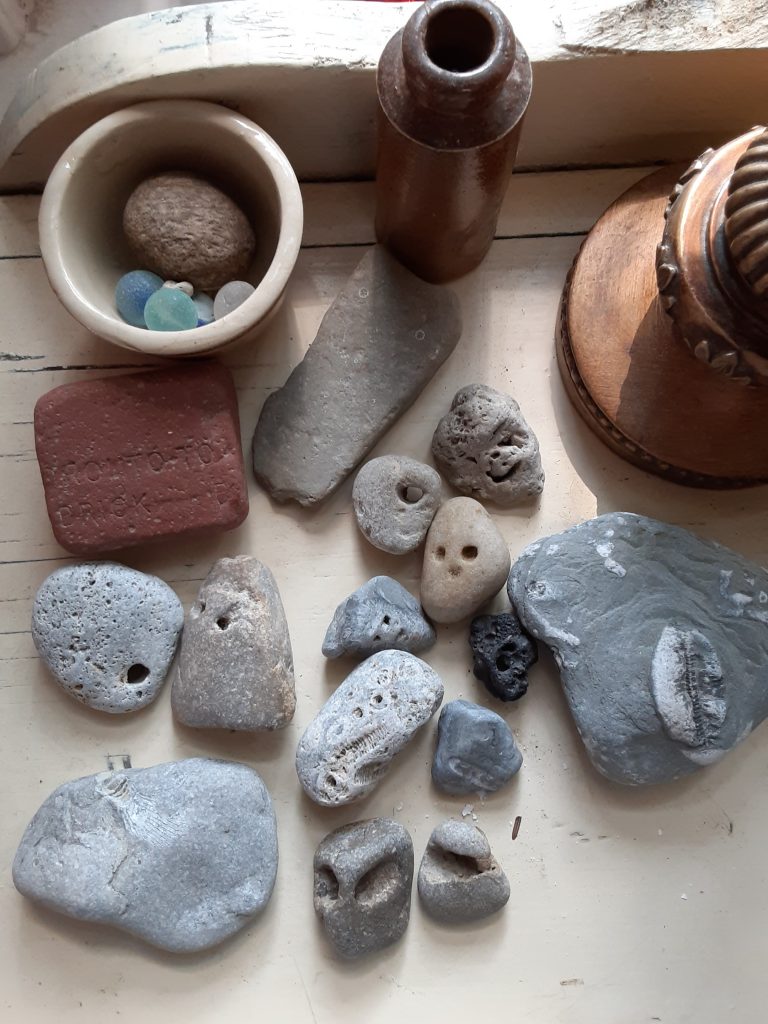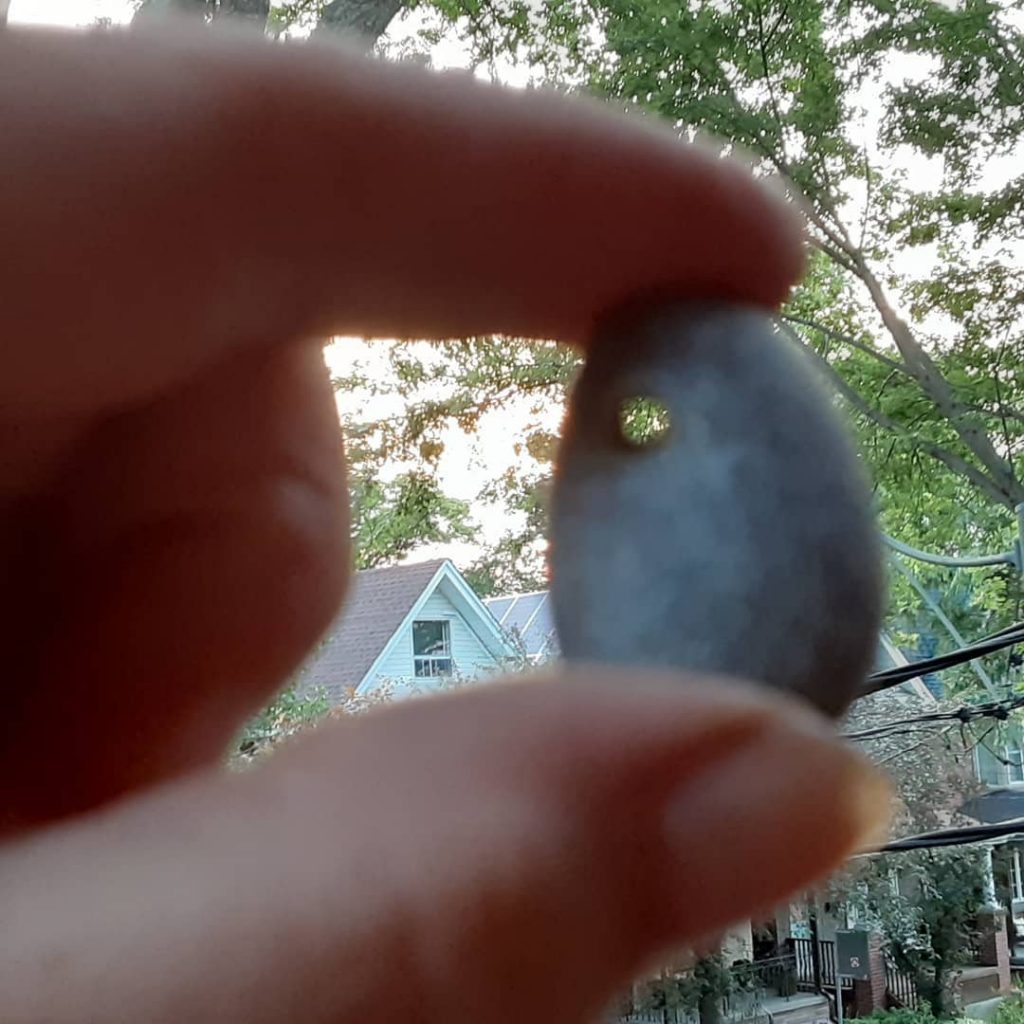Holding Tight and Letting Go
One of my Christmas gifts was a copy of The Faddon More Psalter: The Discovery and Conservation of a Medieval Treasure (John Gillis; National Museum of Ireland, 2021). The Faddon More Psalter is a circa 800 CE book of psalms dug out of an Irish bog in 2006. This is remarkable in itself, but more remarkable still is that the book, despite being very degraded after having spent more than a millennium in a bog, was nonetheless intact enough for its conservators to reconstruct much of its structure and portions of its text. Two important discoveries during this process were, first, that the psalter remained in its original jacket (reportedly a very rare finding for a surviving early medieval codex, as most were rebound over the centuries) and, second, that its leather jacket contained fragments of papyrus, evidence of cultural and trade linkages to the eastern Mediterranean.
Of all the fascinating analysis in Gillis’ illuminating book, the subject that interests me most is how the psalter ended up in the bog in the first place. Gillis considers the possibility that the psalter had gotten into the bog inadvertently, perhaps dropped by an errant monk or lost during flight, before determining, based on available evidence, that the book was likely deposited intentionally.
But if so, why? Why would someone deliberately bury (or sink, as seems closer to the case) a holy book in a relatively remote corner of a bog? Gillis discounts the possibility that the psalter was concealed from marauding Vikings or hidden during local conflict, given that its simple cover and humble contents made it unlikely to have been considered a material treasure — or threat. It could have been stolen and buried out of malice–but the presence of a leather satchel and calfskin pelt (used, it is inferred, to cover the psalter) at the find site suggest more tender motivations. With this in mind, Gillis posits a third option: that of a ceremonial burial or votive offering. Speculating, Gillis suggests the psalter could have been buried as a deathbed request: perhaps a monk, nearing the end of his service on Earth, asked that the psalter be buried near the place of his ministry.
However the psalter ended up in the bog (and Gillis suggests we will likely never know), its deposition seems to have reflected one of the most consequential and bifurcated kinds of choices: between holding tight and letting go. And its discovery, similarly, highlights the paradox of its deposition. Had the psalter been held onto, like the dozens of other psalters that would have been in use at monasteries then operating in the region, it almost certainly would not have survived to the present day. Conflict, migration, fire, wear, indifference, revisionism, and time itself have done away with most ancient books. To read about the lost libraries of Alexandria is to feel some tug of the tides that sweep writing and ideas away, but most books vanish quietly, without fanfare or mourning. Even books that have survived have often done so only in greatly altered form. Medieval codices were regularly reworked into new books, and the study of fragments has become an exciting subset of medieval studies. But it is exceedingly uncommon for an early medieval book to survive in its original form, thus the paradox that deposition in the bog–letting go–was the reason the Faddan More Psalter survived.
What people hold tight to and what they let go of is a subject of considerable and longstanding interest to me, and has more recently become a major focus of my research. Why do we keep the things we keep? Why do we throw so many other things away? What forces (perhaps beyond our control, as forces so often are) compel us to leave things behind, and what hold do those things–abandoned, taken, lost, destroyed–retain on our souls? What are the consequences of holding on when we should let go–or letting go when we should be holding on?
It is a strange time for our culture, one in which the holding or persistence of an object receives so much less attention than the cycle of its manufacture and marketing and its disposal or repurposing. Objects, like people, are now in seemingly constant motion–and we seem to notice them only when, suddenly, they stop. Hence, perhaps, the widespread public fascination with the saga of the Ever Given, a Japanese/Taiwanese/Panamanian/German cargo ship that ran aground in the Suez Canal in March of 2021, blocking nearly 400 container ships and holding up billions of dollars in trade–a potent metaphor, in multiple ways, of globalization, the state of the pandemic, and concerns about the contradictions of consumer capitalism.
I am very interested in what happens in moments when the movement of things pauses, and this is one of the reasons why I find the Faddan More Psalter so fascinating. Through its discovery and the process of its conservation, the book has become a kind of still life: a moment snipped out of the tapestry of time. As such, it is not only a revelation (of book history, of early medieval religious culture in Ireland, of the nature of trade and communications networks prior to 1000 CE) but also a meditation (on vanishing and persistence, of time itself, and of the consequences of keeping or letting go). The mystery at the heart of the Faddan More Psalter–what it meant to its possessor; how (and how long) it was kept; why it was deposited in the bog; what it can mean to its contemporary conservators and viewers–is the most enduring thing about it, so close to the heart and yet as ineffable as a thing can be.
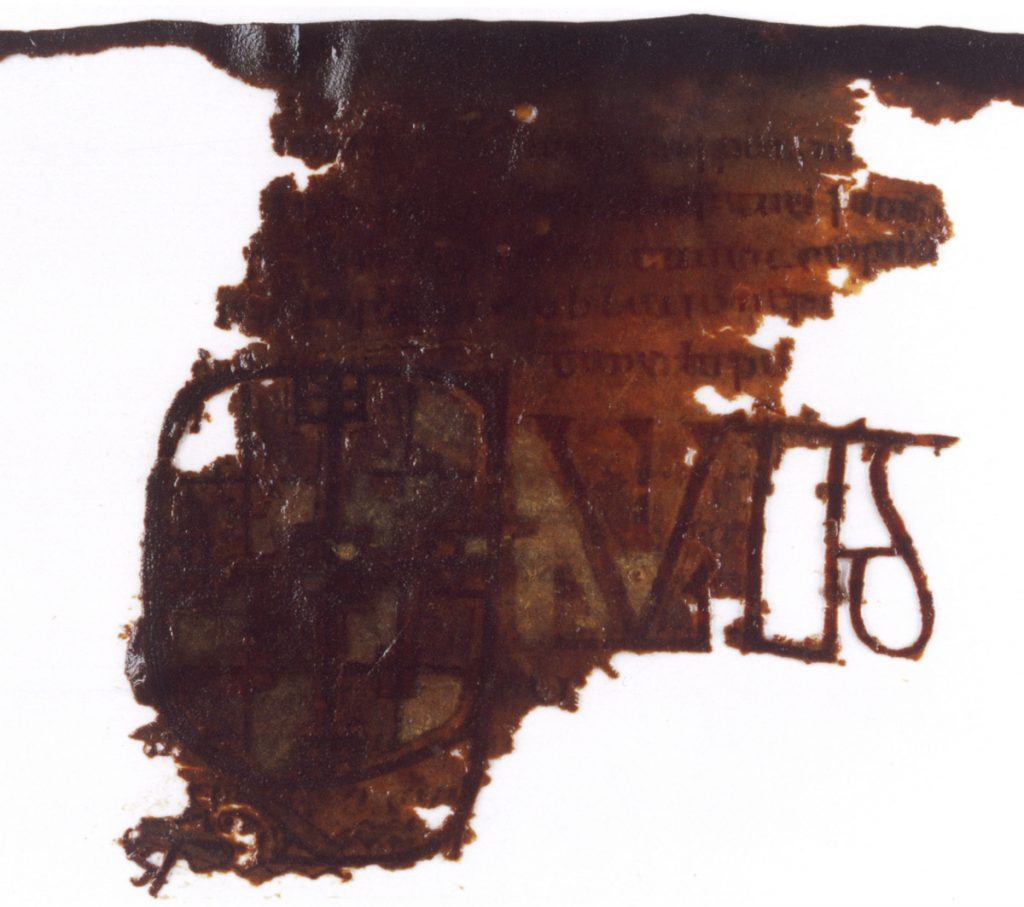
Holding Tight and Letting Go Read More »
